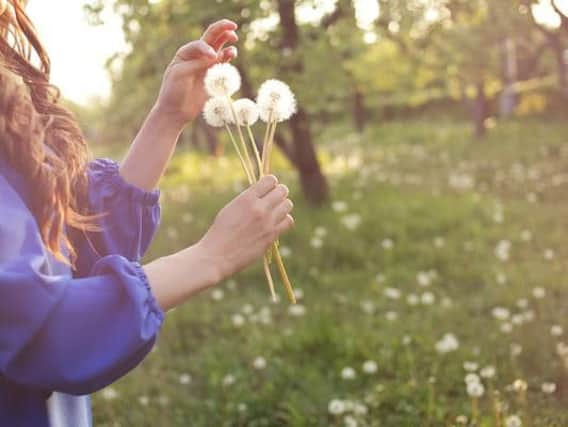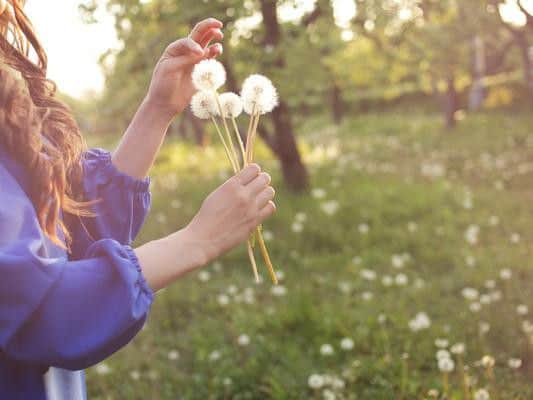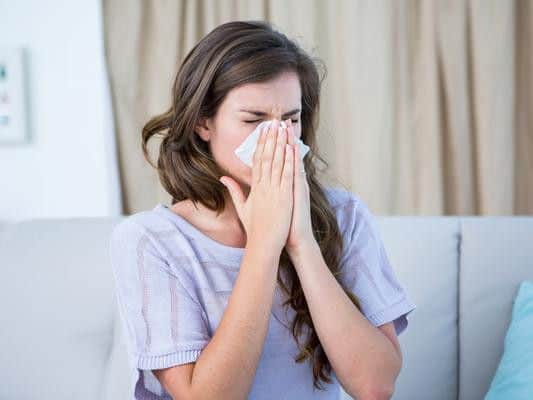Pollen count: Levels ‘very high’ as temperatures rise


Although slightly cooler, the warm weather is continuing - but this brings bad news for those who suffer with hay fever, as the pollen count has soared.
The Met Office has issued warnings for "very high" pollen levels across areas including: Yorkshire, the North West of England, the South East and West, West and East Midlands and the East of England.
Advertisement
Hide AdAdvertisement
Hide AdThe North East of England currently has ‘high’ pollen count levels, with Scotland and Northern Ireland having a ‘low’ pollen count.


Pollen count rankings
The Met Office ranks the pollen count as low, moderate, high and very high. If you are a hay fever sufferer, it’s more likely that you’ll develop symptoms if you spend time outside in areas of ‘moderate’ pollen levels.
“Grass pollen is the most common allergen (May to July), but tree (February to June) and weed (June to September) pollens can also cause the allergic reaction we know as hay fever,” notes Allergy UK.
What the pollen count levels mean


According to the Met Office, this is what the current pollen count levels mean:
Advertisement
Hide AdAdvertisement
Hide AdVery high: Very high grass pollen risk during dry, sunny weather. Weed pollen: high risk. Fungal spores: Alternaria and Cladosporium high during warm weather and other types high during warm, humid nights
High: Very high grass pollen risk during dry, sunny weather. Weed pollen: high risk. Fungal spores: Alternaria and Cladosporium high during warm weather and other types high during warm, humid nights.
Medium: High grass pollen risk. Weed pollen: very little risk. Fungal spores: medium.
When are pollen levels the highest?
According to Allergy UK, pollen levels tend to be highest first thing in the morning and at the end of the day. If you do go outside, it’s best to do so during the middle of the day, and then to stay inside in the evening.
Advertisement
Hide AdAdvertisement
Hide Ad“Pollen levels are at their highest at the beginning of the day, when they rise with the warming air, and at the end of the day when it’s cooling down,” said Allergy UK.
“Counts will increase in dry warm weather, especially if it’s windy. So avoid going outside – and especially avoid strenuous activity – at these times.”
How can I relieve my hay fever symptoms if I have to go outside?
Allergy UK explains that hay fever symptoms can be relieved by the use of antihistamines, as well as avoidance of allergic triggers.
Other tips you can follow include:
Advertisement
Hide AdAdvertisement
Hide Ad- Monitoring pollen forecasts daily and staying indoors wherever possible when the count is high (generally on warmer, dry days). Rain washes pollen from the air so counts should be lower on cooler, wet days
- On high pollen days, shower and wash your hair after arriving home and change your clothing
- Avoid drying washing on a clothes line outside when pollen counts are high
- Apply an effective allergen barrier balm around the edge of each nostril to trap or block pollens and other allergens and help prevent a reaction